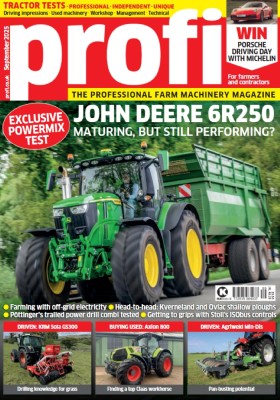Massey Ferguson’s US-made rotary combines were trialled and evaluated in the UK
numerous times during the 1990s and 2000s, but never made available for sale. Having tried and liked these machines, John Davie-Thornhill of Stanton Park Farms in Suffolk opted to privately import a Fendt 9390R in 2014, with very successful results.
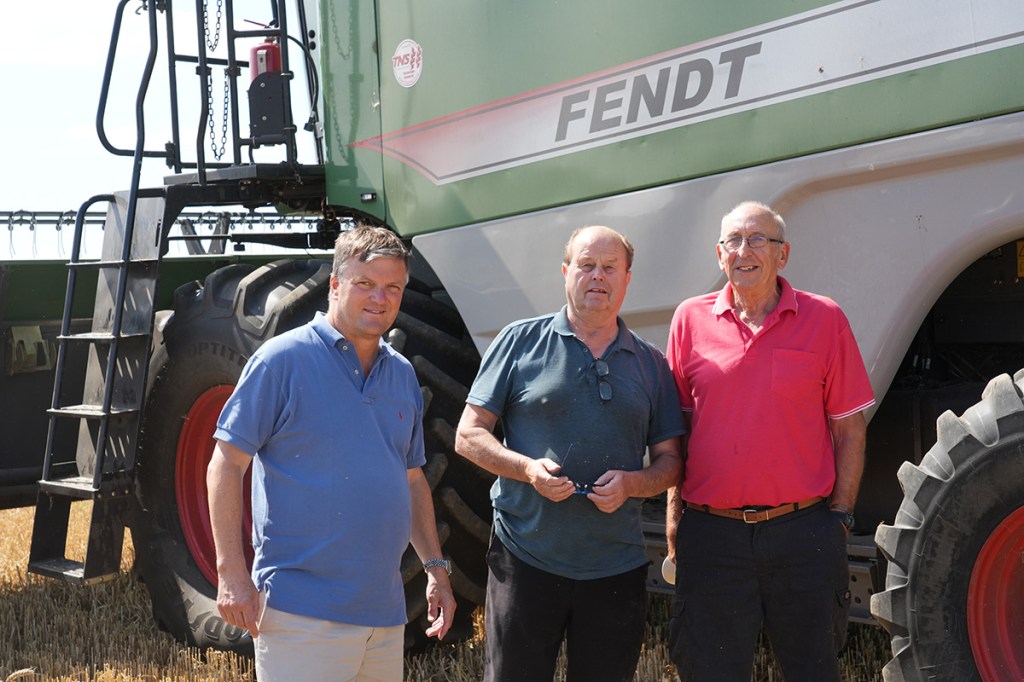
KEEPING IT BRIEF
- The only Fendt 9390R in the UK.
- Imported new from Spain for harvest 2014.
- Single rotor threshing and separation.
- Operated successfully, but now partially retired.

When AGCO introduced its Masey Ferguson and Fendt Ideal rotary combine ranges in 2018 it was a landmark event. This was the first time an MF rotary combine had been actively marketed in the UK since the late 1980s, and this had only been for an extremely limited time, indeed it was a bit of a flash in the pan. But interestingly, the company had made a US-manufactured range of rotary models available in other markets for this entire period with good success.
The Massey rotary traces its lineage back to the innovative White Farm Equipment 9700 Axial Harvest Boss combine, introduced in 1979. When the WFE combine line was sold to Massey Ferguson in 1985, the updated White 9720 became the MF 8590 which was briefly offered in the UK with a handful sold. Considerable development resulted in the 8780 and more powerful 8780XP of the late-90s which were sold in certain European markets and evaluated in the UK. A similar attempt was made again with the updated 9895 in 2007, which ultimately was also never sold here, and this was the last time a US-made rotary was tried in the UK.
Stanton Park Farms in Suffolk is one of the few businesses in the country which can proudly claim to have tested all of these models, but the enterprise can go one better, with the farm’s current Fendt 9390R, which John Davie-Thornhill imported privately, believed to be the only one of its type in the country. But John’s interest in these rotary models extends back further, before they had even made it to British shores.

“I first saw an Massey Ferguson 9720 rotary combine in a dealer’s yard near Victoria in Melbourne, Australia whilst travelling with a friend in 1985,” he recalls. “So, I wrote to MF, and asked if and when we would see one in the UK. The following year I was informed that they were trialling one, which we were able to try here. It had a 22ft table, and at the time it was said to be the biggest combine in the world. The press came out to see it, and it had even been featured on Blue Peter. It was a very wet harvest and at the time people said a rotary combine wouldn’t cope in such conditions, but it confounded opinion.”
“We decided to hold back and let things settle slightly before buying one, and in 1987 we had an MF 8590 on demo and ordered one for harvest 1988,” continues John. “But in the meantime, MF stopped offering them in the UK, and our local dealer, Thurlow Nunn, said we could have one of the first Dronningborg-built MF 38s instead. This was a good machine, and we kept it for nine years, but it was still a straw walker combine.
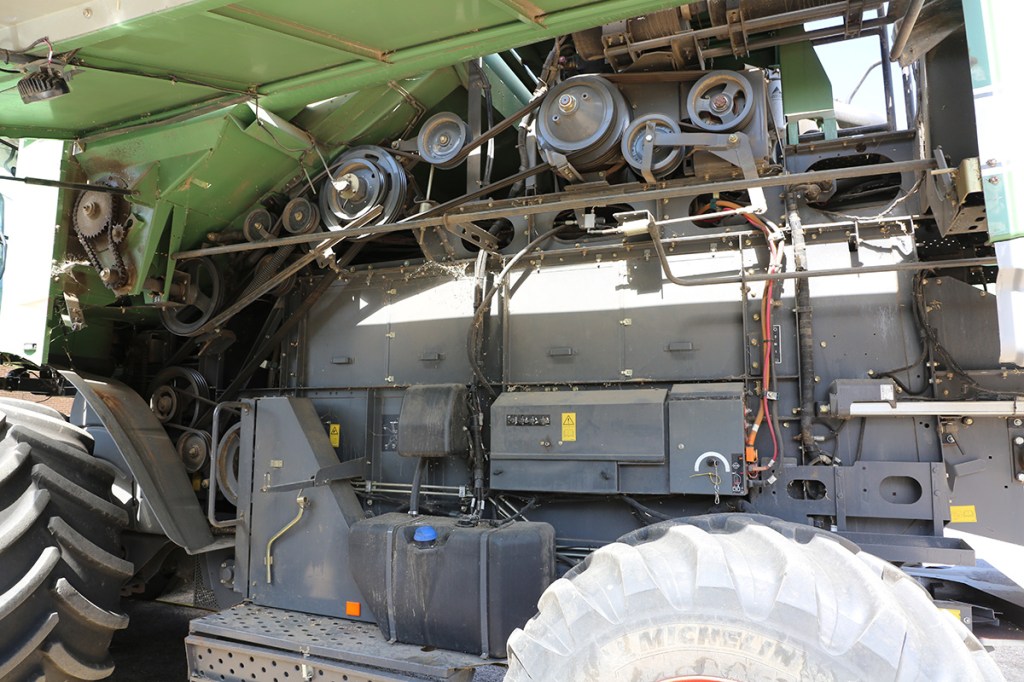
“Some years later we then had an MF 8780XP rotary on demo from France, which wasn’t available to buy, but was an excellent machine,” he recalls. “At the time, most other manufacturers had a rotary of some form available, but AGCO were hesitant. They weren’t convinced it would work in the UK, but I really felt that it would, so we hired one for two seasons, 2001 and 2002, and loved it. It was bulletproof, a really good combine. But it still wasn’t offered in their UK combine lineup.”
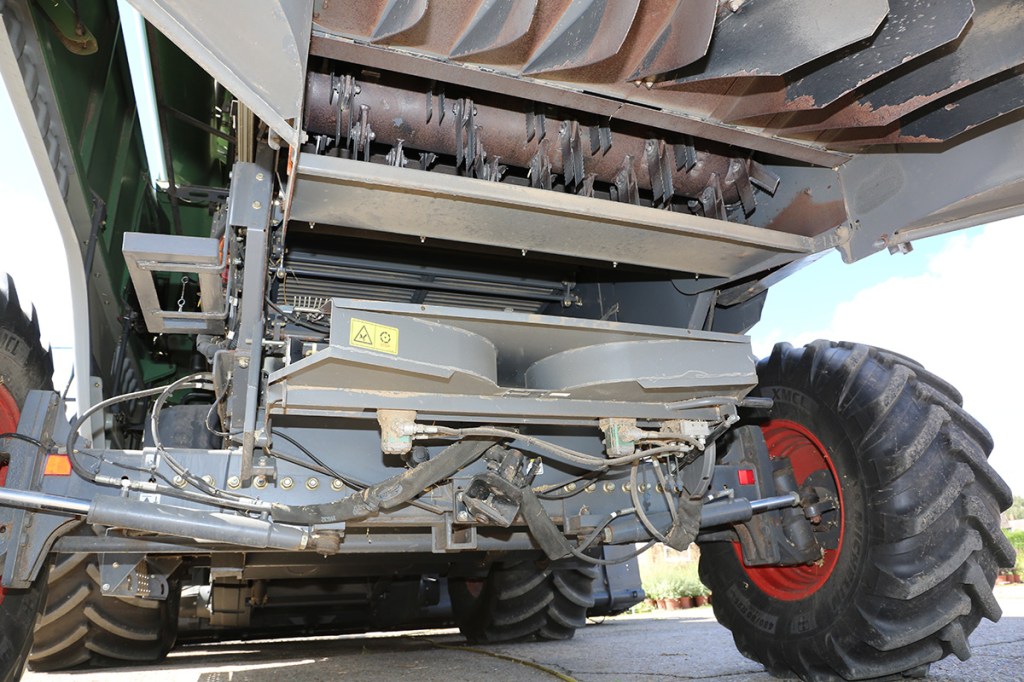
Unfortunately, John was back to square one again, with only a straw walker Massey Ferguson combine available to suit his needs, and a succession of straw walker models were run including a Cerea 7272, Centora 7282 and finally a Beta 7370. In the meantime, an opportunity arose to privately acquire one of the original Massey 8590 combines that had been sold in the UK in 1987. John refurbished this combine to run alongside the conventional machines, taking to the field for the first time in 2007. That same year Massey Ferguson again chose to evaluate a then current rotary model at Stanton Park Farms, a US-made Massey Fortia 9895.
“History repeated itself again with the 9895,” points out John. “It was a good combine, admittedly underpowered with a 30ft header, but if they’d have fitted a 25ft then it would’ve been fine. It was sent over to France for further evaluation.”
With little hope of obtaining the rotary combine that he wanted, John decided to take matters into his own hands.
“We decided to find our own machine. Alan Haines from Crawfords and William Judge from Massey Ferguson both helped, and a year-old but new and unused Fendt 9390R was found in Spain which we imported for harvest 2014,” he explains.
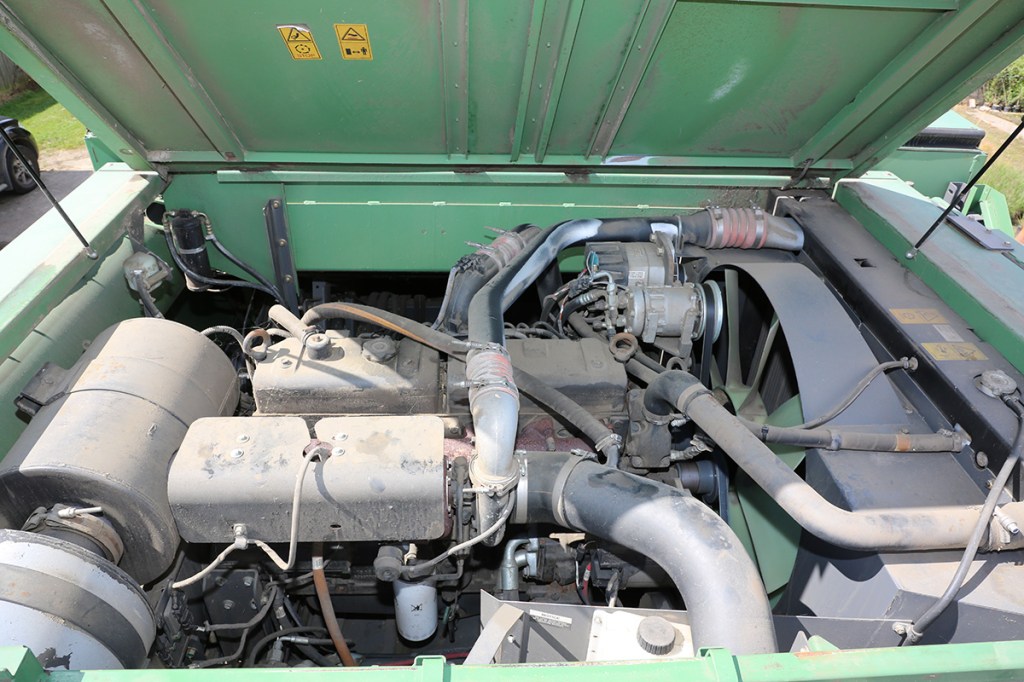
Fendt 9390R
The first Fendt rotary combines were announced on the continent in July 2008 for the 2009 harvest. Three models were offered, with the 9300R and 9350R both using 8.4-litre Sisu engines and 700mm diameter rotors, whilst the flagship 9460R boasted a 12.3-litre Cat C13 motor, larger grain tank and 800mm diameter rotor.
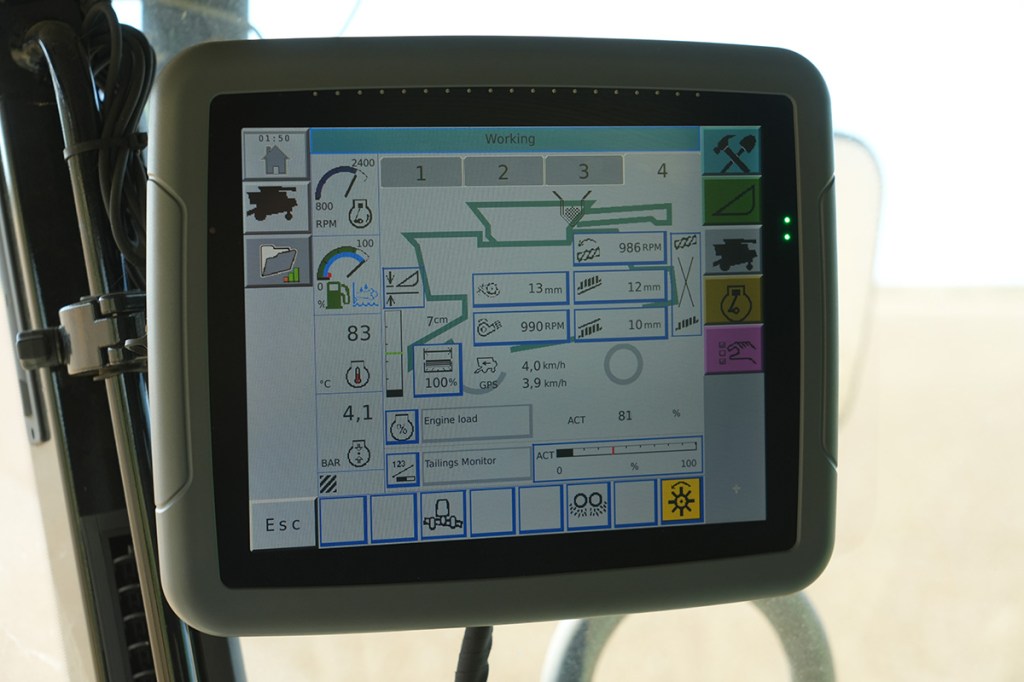
The 9390R, like John’s combine, was introduced at Agritechnica 2011 and was again made available to some European markets, but not the UK. Although broadly similar to the 9350R, it had more power and met the latest Stage IIIB (Tier IV interim) emissions standards. It was also quieter inside the cab, which was equipped with a redesigned armrest and new C2100 colour touchscreen terminal. It was made at the Hesston factory in Kansas, USA, alongside Massey Ferguson 9500-series models which were also sold in some European markets.
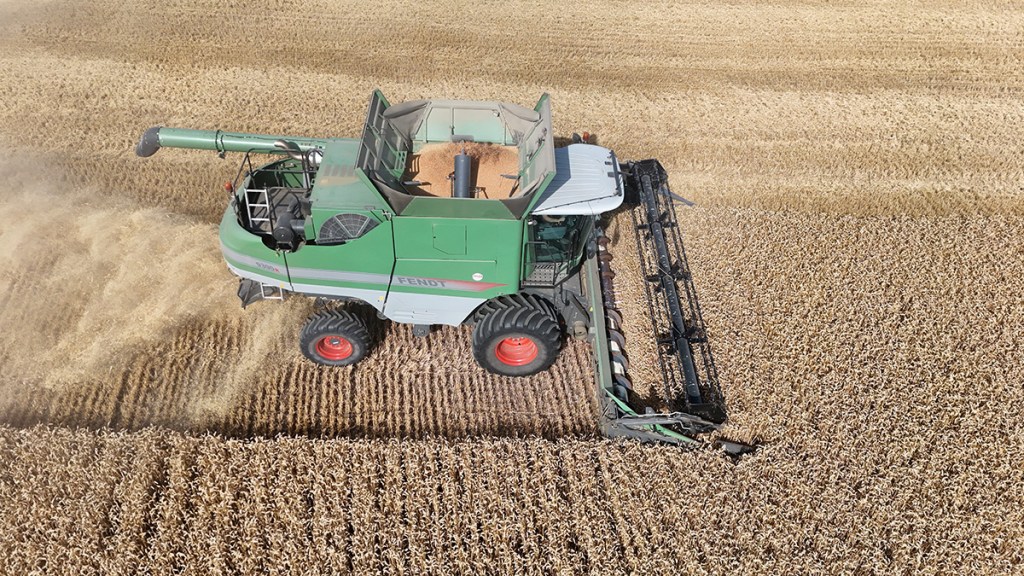
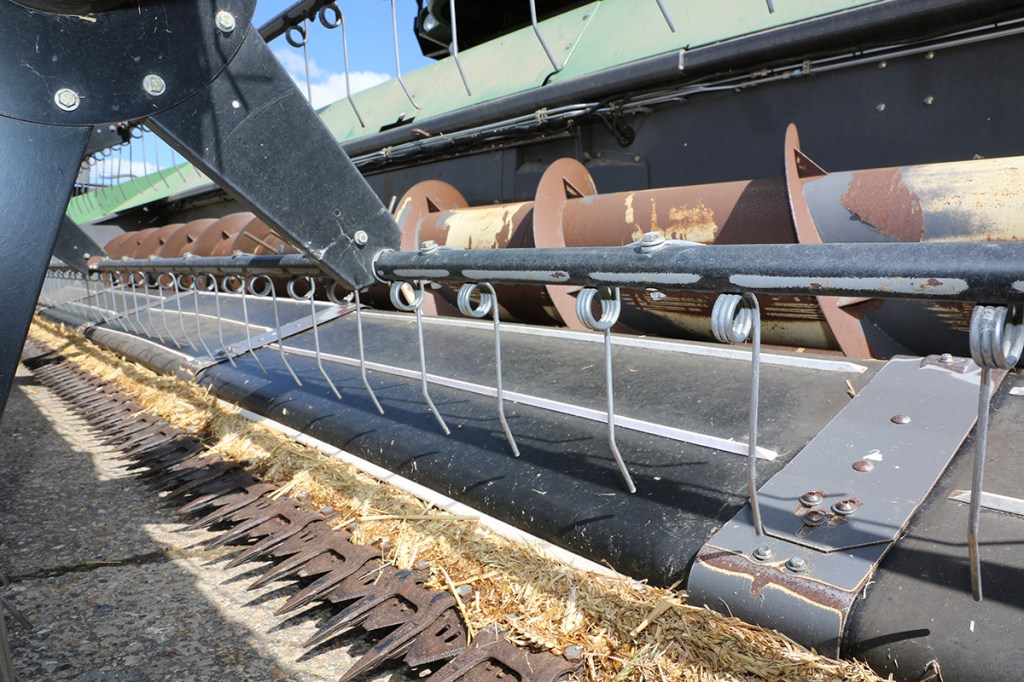
Header choice was either a PowerFlow, with its unique belt feeding crop from the knife to auger, or conventional FreeFlow, both in widths of 6.20m (20ft) or 7.70m (25ft).
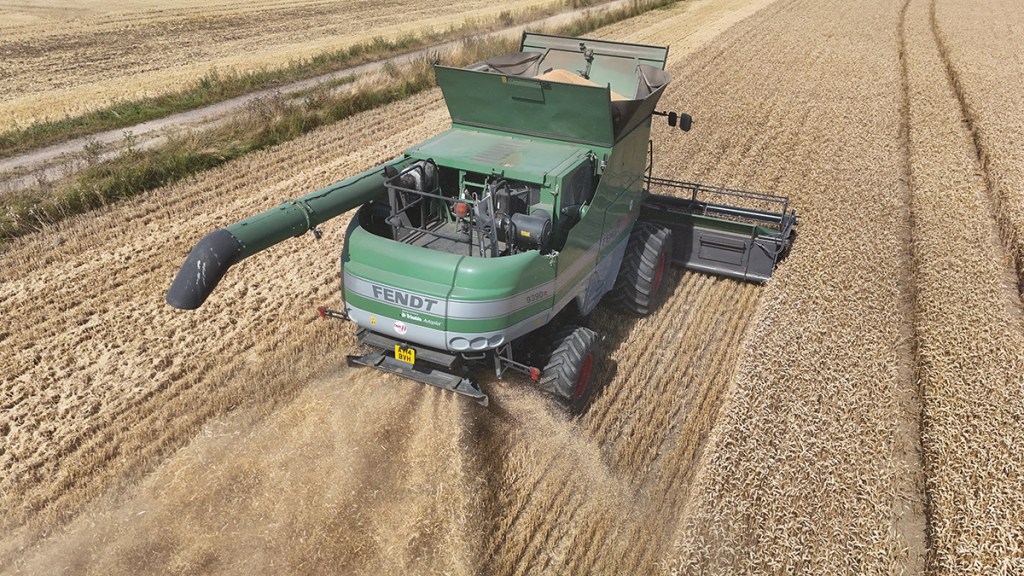
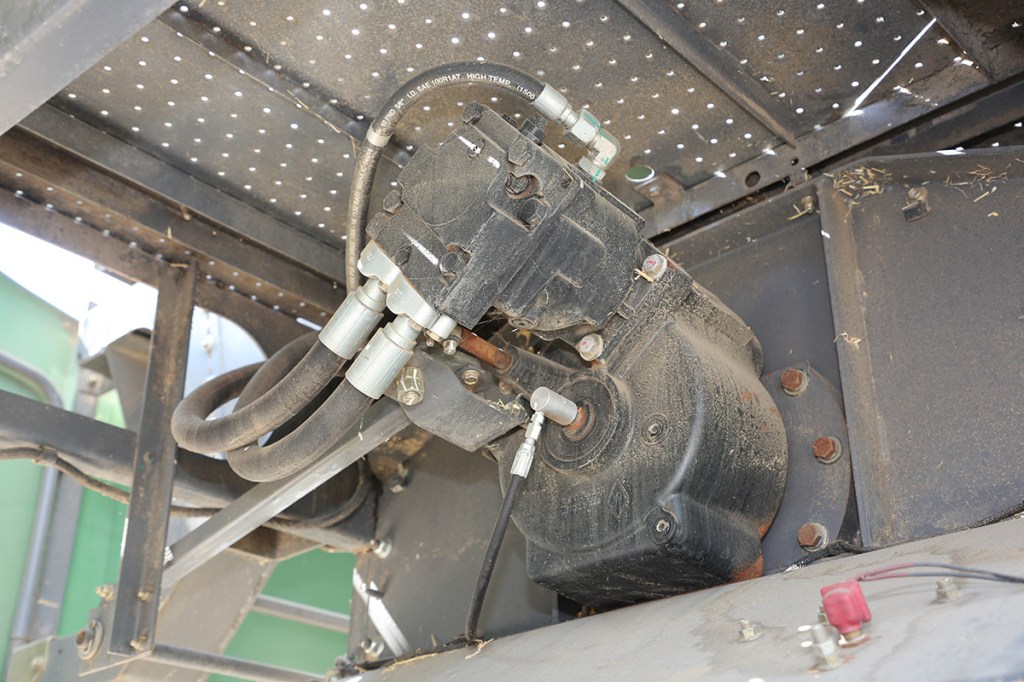
The combine remained true to the basic design developed over time, with a full-width vaned beater feeding the longest rotor on the market (3.56m) at the time which stretches nearly the full length of the machine with intake, threshing, separation and discharge sections to carry out all threshing and separation. Unusually, the rotor is driven hydrostatically via a two-speed gearbox, and is easily reversed if a blockage occurs. It is controlled electronically and automatically, so that a constant rotor speed is held even if engine revs drop. The Sisu engine produces a rated output of 370hp, and a maximum of 398hp at 1,950rpm.
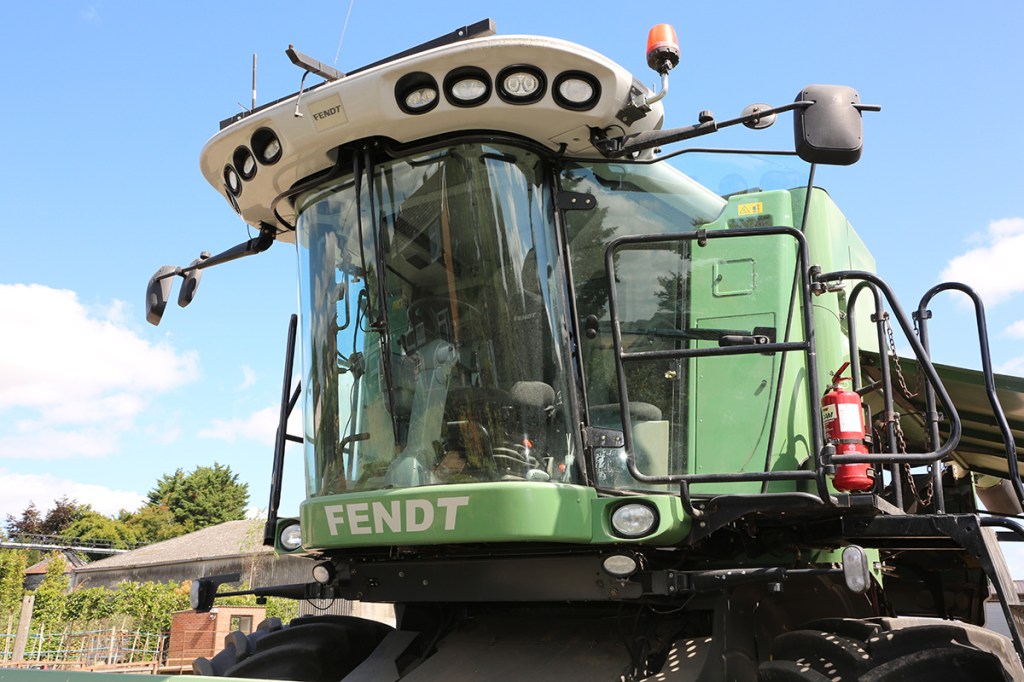

There is no additional discharge beater or conveyor behind the rotor, straw is discharged straight out and into a swath or directed into the chopper, a Rekord unit which is paired with a chaff spreader.
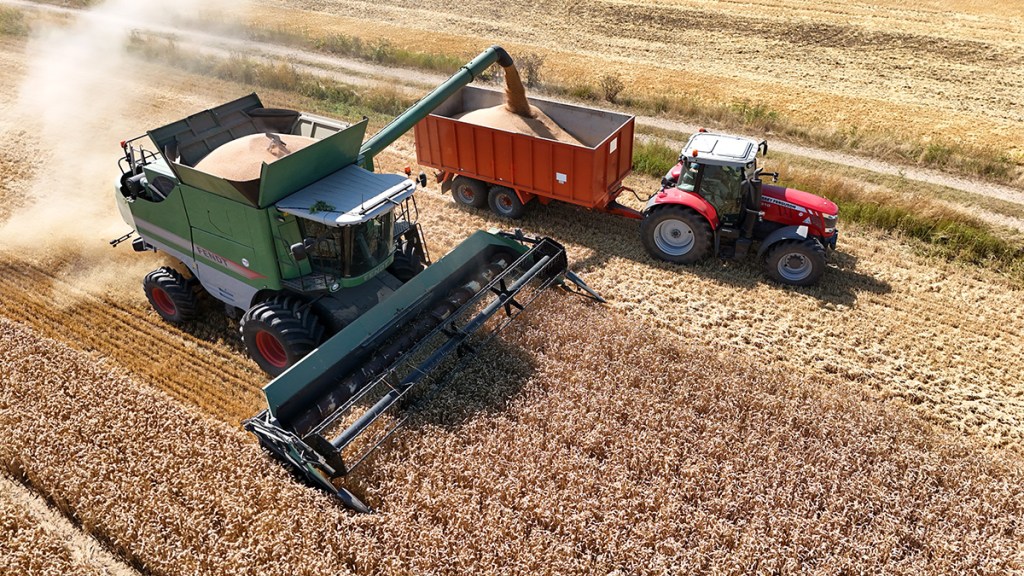
Grain tank capacity is good for the size of machine, at just over 10,500-litres, and the unloading rate is particularly rapid at 158l/second.
Inside the cab it feels very North American, and slightly less high-tech than a European combine. Maintenance access is good, with large easily opened side panels and plenty of space to work on components. Due to its simple design, there isn’t too much going on underneath either.
On paper the Fendt compares well with its contemporary rivals, with plenty of power, a huge rotor, very respectable size dimensions, a good size fuel tank and fast unloading rate. Overall width on 800mm wide tyres (the Stanton Park Farms machine is on 900s) is 3.50m which isn’t overly out of place.
Going it alone
“We were very much aware that by importing the combine ourselves we would be on our own, which was a scary prospect,” points out John. “But we were fortunate that we had a branch of Thurlow Nunn Standen based in the yard for a time which gave us good access to parts, and engineers too, although none that had been trained on the machine.
“We matched the combine with a new Powerflow header, but being in MF red we sent it off to be painted and TNS applied the right Fendt decals,” he explains. “Fendt combines were not available in the UK at the time, and it created some excitement and interest as people had never seen one before. It is the green equivalent of the MF Fortia 9530, which wasn’t sold in the UK either but I remember seeing at Agritechnica 2011.
“There was a lot of trial and error, and the first two years were a bit tricky with an annoying Adblue- related problem,” he notes. “The combine had been homologated for Spain, so it met all of the EU spec, but I think the Adblue system had all been added retrospectively. This had included fitting an elaborate wiring harness, but it was extremely tight and occasionally the signal was lost causing the engine to go into limp mode or just stop. Finding the break in the connection was very frustrating and time consuming, but in the end an electrical engineer came in, carried out a diagnostic and continuity test and bridged the wires to solve the problem.”
Although unique in the country, now over 10 years on Stanton Park Farms’ combine has proven itself in UK conditions over multiple seasons which has included harvesting crops of winter wheat, barley, oilseed rape, rye and spring beans. When leaving straw in the swath for baling the quality was praised compared to that from traditional rotaries, and it has also done its fair share of chopping for incorporation.
“Being intended for Europe it is fitted with a European straw chopper, which was another benefit,” adds John. “The cab is relatively similar to what was fitted to the Massey Ferguson 8780 and 9895, but upgraded, with many of the controls still recognisable. The overall design is good, and its usability has been fine for what we are doing. It has the right level of power matched to the right header width, and it has been the ideal size of combine for our area (450ha).
“It performs well in all crops, and is good in rye which can be challenging with its tough and long straw. The only slight issue we had was with beans, and we had to have a small corrugated plate fitted underneath the front of the grain pan. In other crops it is removed and enhances the performance of the machine.
“It combined the farm for eight years, until retirement meant a change of farming policy and we now have contractors carry out all our field work,” says John. “But we still have it out every year to cut a field or two to keep it in good order. As far as we know it’s still the only one in the UK, although there are some working in Europe where they are particularly liked for harvesting maize.”
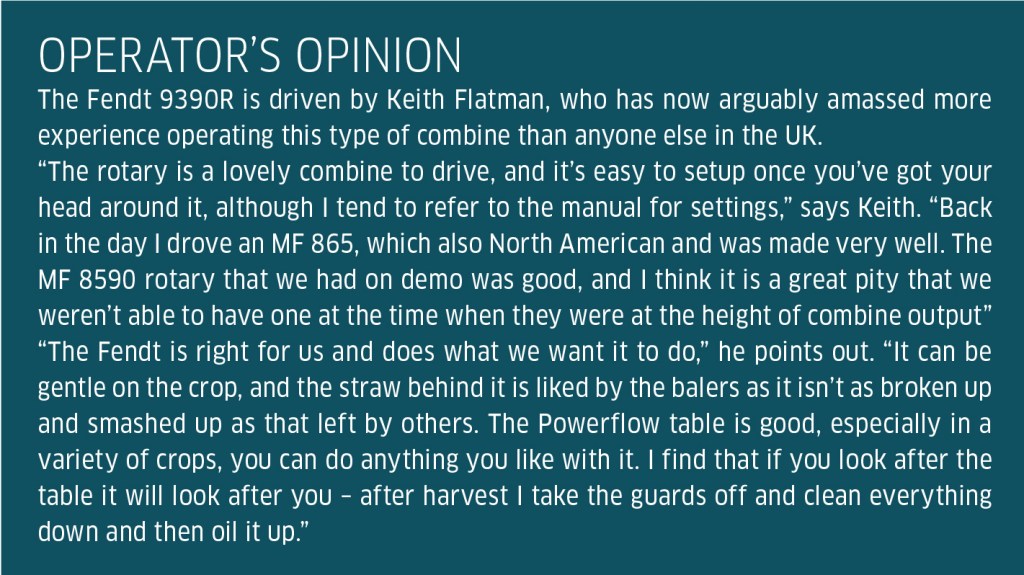
Chris Lockwood
For more up-to-date farming news click here and subscribe now to profi and save.






